
The Gothic literary movement, emerging in the mid-18th century and flourishing through the 19th, stands as a captivating and enduring genre defined by its pervasive atmosphere of mystery, dread, and psychological intensity. Far from a monolithic entity, Gothic literature branched into distinct sub-movements, most notably Dark Romanticism and American Gothic, each adapting the core tenets to explore unique cultural anxieties and philosophical concerns.
At its heart, the Gothic thrives on unsettling environments: crumbling castles, haunted mansions, and desolate landscapes that mirror the internal turmoil of its characters. From Horace Walpole’s foundational The Castle of Otranto (1764) onward, the genre reveled in the supernatural, the inexplicable, and the melodramatic, often featuring vulnerable heroines, tyrannical villains, and ancient curses. This initial phase, rooted in an aesthetic fascination with medievalism and the sublime, provided a powerful counterpoint to the Enlightenment’s emphasis on reason, instead embracing the irrational and the emotional.
The overlap between Gothic literature and Dark Romanticism is particularly pronounced. While Romanticism celebrated the individual, emotion, and the grandeur of nature, Dark Romanticism delved into the more sinister aspects of these themes. It explored the darker impulses of human nature, the psychological effects of sin and guilt, and the inherent fallibility of humanity. Writers like Edgar Allan Poe, a quintessential Dark Romantic, masterfully employed Gothic settings and tropes not merely for external horror, but to plumb the depths of human madness, obsession, and the subconscious. His tales, such as “The Fall of the House of Usher” or “The Tell-Tale Heart,” use decaying houses and unsettling atmospheres to externalize the psychological decay of his characters, blurring the lines between external reality and internal terror.
Across the Atlantic, American Gothic adapted the European tradition to the unique landscape and anxieties of a nascent nation. Instead of ancient European castles, American Gothic often utilized decaying Southern plantations, isolated frontier homes, or the burgeoning, often corrupt, urban centers as its unsettling backdrops. This sub-movement frequently explored themes of slavery, Puritanical guilt, the wilderness’s untamed power, and the psychological burdens of a nation grappling with its own identity and historical transgressions. Nathaniel Hawthorne’s exploration of ancestral sin and moral ambiguity in works like The House of the Seven Gables, and William Faulkner’s later Southern Gothic narratives with their decaying aristocratic families and haunted pasts, exemplify this distinct American flavor. These narratives often used the Gothic framework to critique societal ills and explore the dark undercurrents beneath the surface of American optimism.
In essence, the Gothic literary movement, with its enduring fascination with fear, the uncanny, and the human psyche, proved remarkably adaptable. Through its evolution into sub-movements like Dark Romanticism and American Gothic, it continually found new ways to articulate universal anxieties, demonstrating its profound and lasting impact on the landscape of literature.
There are many authors considered part of the Gothic movement and we have many of them in the Book Club Resource collection. For some guidance on where to begin, check out the authors and their works highlighted below. But if you want to get your toes wet and check out many representative works within the Gothic Literature movement without having to make the commitment to one author and one novel, I recommend your book club checks out this collection of American Gothic stories.
American Gothic Tales (1996) Joyce Carol Oats (Editor)/ Discussion Questions
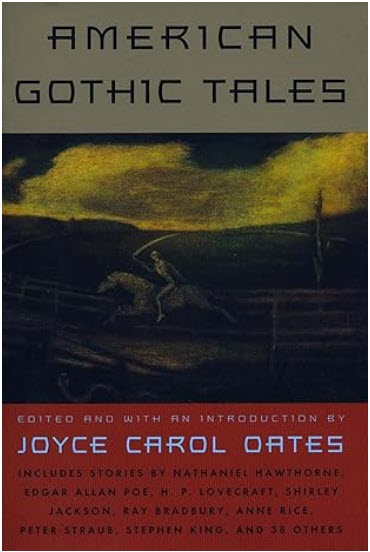
Joyce Carol Oates has a special perspective on the “gothic” in American short fiction, at least partially because her own horror yarns rank on the spine-tingling chart with the masters. She is able to see the unbroken link of the macabre that ties Edgar Allan Poe to Anne Rice and to recognize the dark psychological bonds between Henry James and Stephen King.
In showing us the gothic vision—a world askew where mankind’s forbidden impulses are set free from the repressions of the psyche, and nature turns malevolent and lawless—Joyce Carol Oates includes Henry James’s “The Romance of Certain Old Clothes,” Herman Melville’s horrific tale of factory women, “The Tartarus of Maids,” and Edith Wharton’s “Afterward,” which are rarely collected and appear together here for the first time.
Added to these stories of the past are new ones that explore the wounded worlds of Stephen King, Anne Rice, Peter Straub, Raymond Carver, and more than twenty other wonderful contemporary writers. This impressive collection reveals the astonishing scope of the gothic writer’s subject matter, style, and incomparable genius for manipulating our emotions and penetrating our dreams. With Joyce Carol Oates’s superb introduction, American Gothic Tales is destined to become the standard one-volume edition of the genre that American writers, if they didn’t create it outright, have brought to its chilling zenith.
Ray Bradbury:
Ray Bradbury (1920–2012) was a renowned American author best known for his works in science fiction, fantasy, and horror. Born in Waukegan, Illinois, Bradbury began writing as a teenager and rose to fame with the publication of The Martian Chronicles and Fahrenheit 451.
Throughout his career, Bradbury wrote novels, short stories, plays, and screenplays, often blending futuristic technology with deep human emotion and social commentary. Though known as a science fiction writer, he rejected strict genre labels, considering himself a “writer of ideas.”
Bradbury’s influence on modern speculative fiction is vast, and his work continues to be celebrated for its imagination, lyricism, and warning about humanity’s overreliance on technology.
“The Veldt” (1950) – American Gothic Tales
In Ray Bradbury’s The Veldt, George and Lydia Hadley live in a futuristic smart home where their children, Peter and Wendy, become obsessed with a virtual nursery that simulates an African veldt. As the room’s violent imagery intensifies—realistic lions and distant screams—the parents grow alarmed. When they try to shut the house down, the children trap them in the nursery, where they are implied to be killed by the lions.
The story reflects Gothic literature through its dark atmosphere, emotional unease, and threat from within the family. The nursery becomes a modern “haunted space,” blending psychological horror with high-tech dread. The children’s twisted attachment to the room—and their betrayal—echos Gothic themes of madness, isolation, and the breakdown of the domestic sphere.
Fahrenheit 451(1953) / Discussion Questions
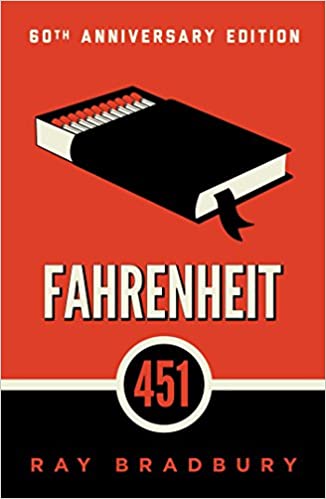
Fahrenheit 451 is set in a dystopian future where books are banned and “firemen” burn any that are found. The story follows Guy Montag, a fireman who begins to question the purpose of his work and the oppressive society he lives in.
Bradbury’s novel is a powerful warning against censorship, conformity, and the loss of critical thinking in a media-obsessed society.
Illustrated Man (1951) / Discussion Questions
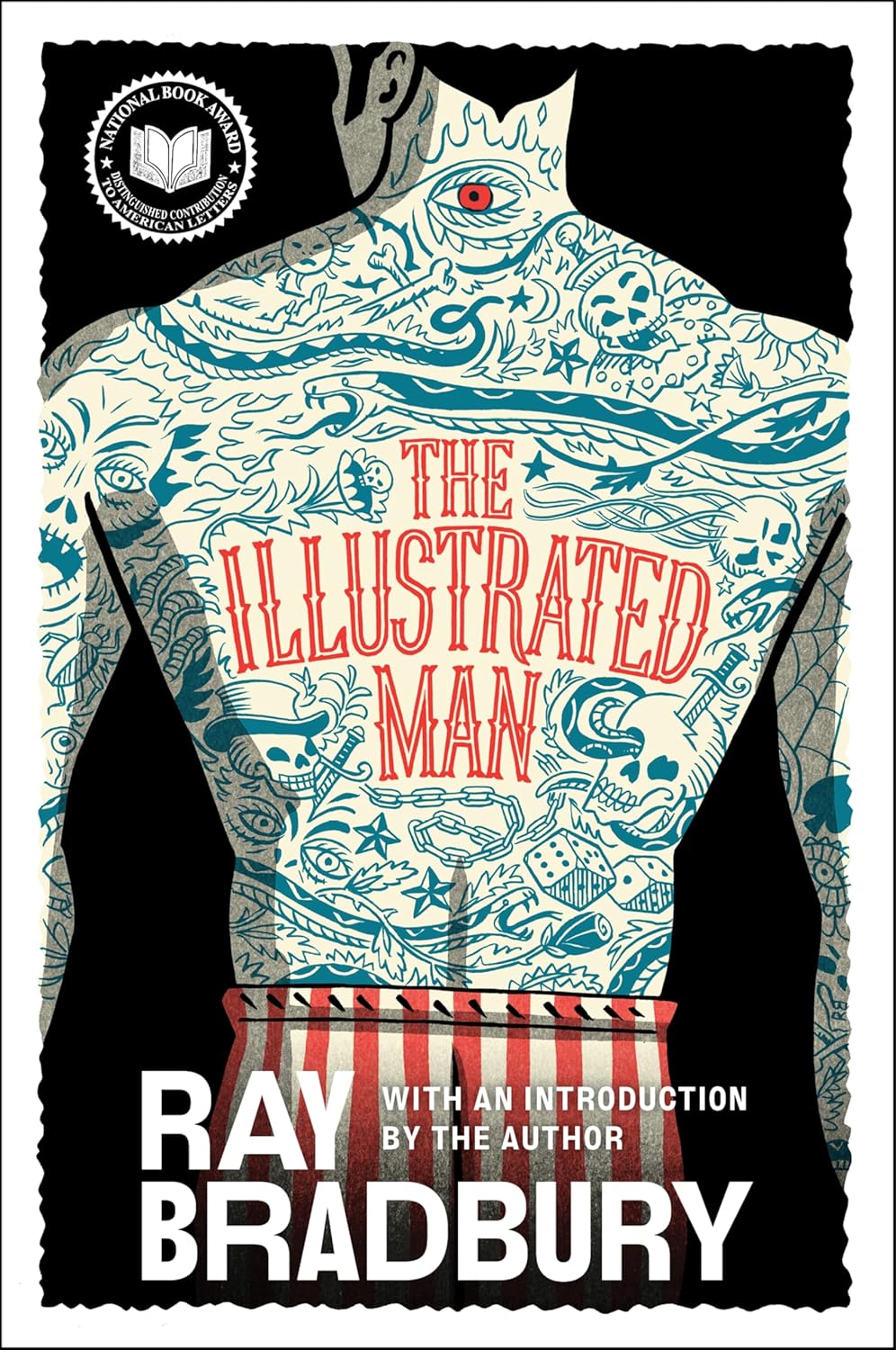
The Illustrated Man is a collection of 18 science fiction short stories framed by a prologue and epilogue. The framing device centers on a mysterious man whose body is covered in animated tattoos. When watched, each tattoo tells a different story of the future, often exploring themes of technology, space travel, human nature, and dystopia.
Each story stands alone, but together they reflect Bradbury’s concerns about humanity’s reliance on technology, loss of empathy, and the consequences of war and colonization. The collection ends with a chilling twist in the frame narrative, as the narrator sees his own fate in one of the moving tattoos.
Together, the stories in The Illustrated Man offer a vivid, imaginative, and often unsettling vision of the future and the human condition.
Charlotte Brontë:
Charlotte Brontë (1816–1855) was an English novelist and poet best known for her classic novel Jane Eyre. Born in Yorkshire, England, she was the third of the famous Brontë sisters. Raised in a remote parsonage and shaped by personal loss and isolation, Brontë infused her writing with intense emotion and psychological depth.
Her work is strongly linked to Gothic literature, blending romantic and supernatural elements with dark, brooding settings and themes of madness, mystery, and female repression. Brontë’s use of Gothic conventions helped elevate domestic fiction into a vehicle for complex emotional and social critique, making her a key figure in both Victorian and Gothic literary traditions.
Jane Eyre (1847) / Discussion Questions
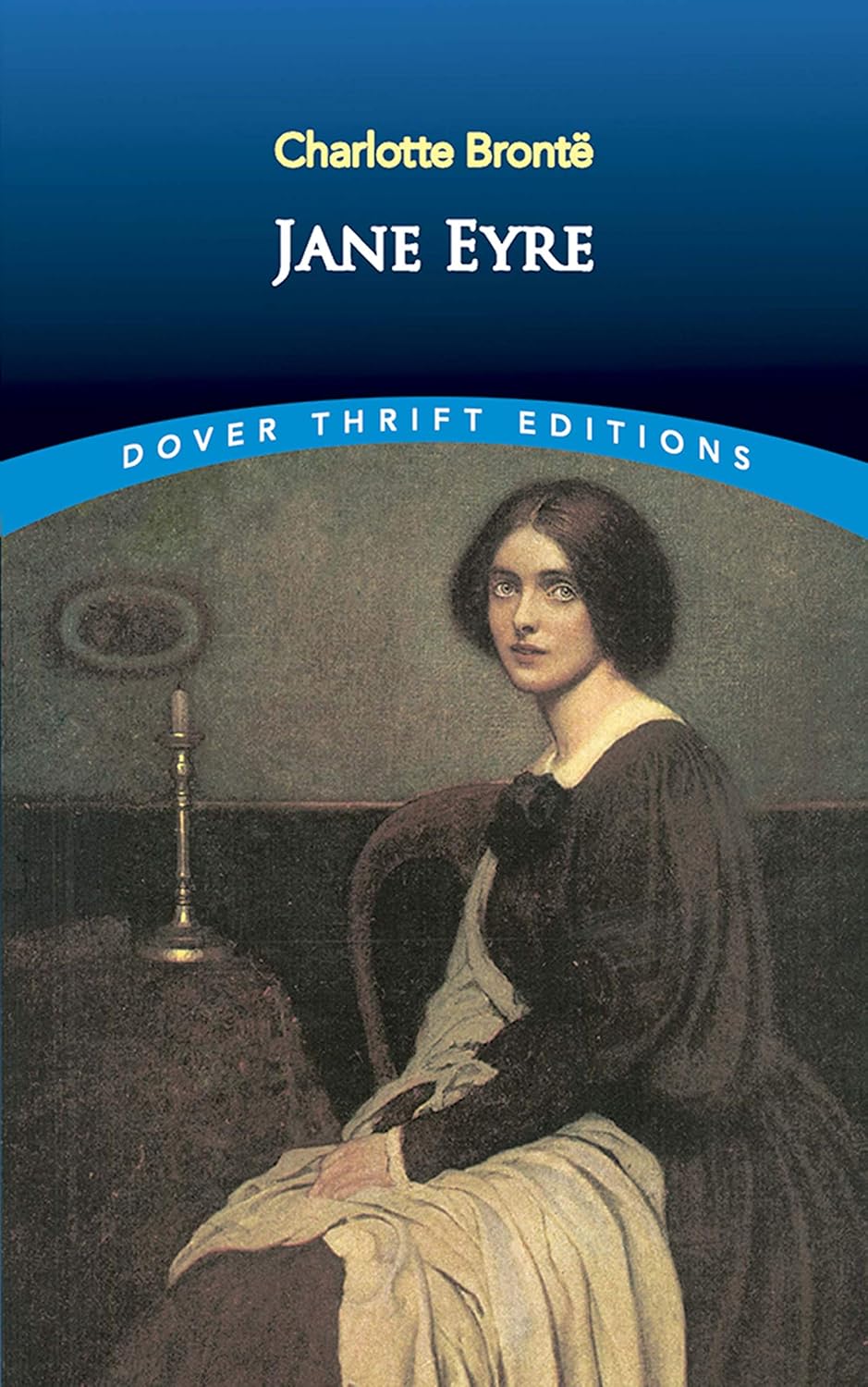
Having grown up an orphan in the home of her cruel aunt and at a harsh charity school, Jane Eyre becomes an independent and spirited survivor-qualities that serve her well as governess at Thornfield Hall. But when she finds love with her sardonic employer, Rochester, the discovery of his terrible secret forces her to make a choice. Should she stay with him whatever the consequences or follow her convictions, even if it means leaving her beloved?
The description of gloomy Thornfield Hall, the mysterious cries in the night, and the hidden presence of Bertha Mason all reflect classic Gothic tropes, while also exploring themes of love, identity, morality, and independence.
Emily Brontë:
Emily Brontë (1818–1848) was an English novelist and poet, best known for her only novel, Wuthering Heights. Born in Yorkshire, she was one of the three Brontë sisters, raised in a secluded parsonage that deeply influenced her imagination and literary voice.
Emily Brontë’s work stood apart for its raw passion, psychological complexity, and bold structure. Despite dying young at 30, her contribution to English literature remains profound and enduring.
Wuthering Heights (1847) / Discussion Questions
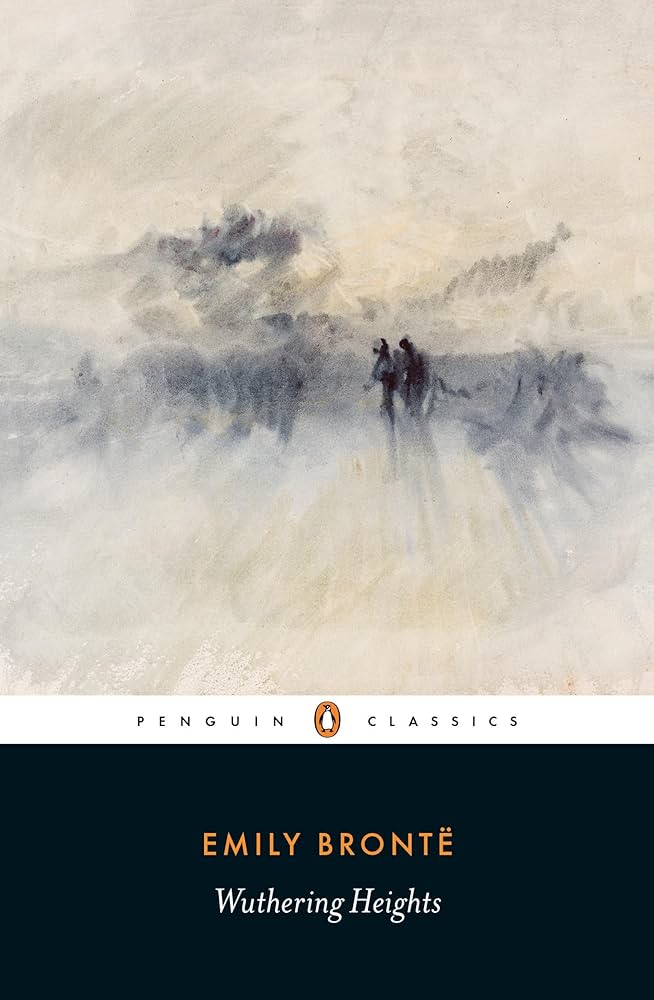
Wuthering Heights tells the story of the intense, destructive love between Heathcliff, an orphan taken in by the Earnshaw family, and Catherine Earnshaw. When Catherine marries another man for social status, Heathcliff becomes bitter and vengeful, seeking to ruin both their families.
His obsession leads to generations of suffering, but eventually, the children of the two families—Cathy and Hareton—begin to heal the past. The novel ends with hope and the possibility of redemption.
Wuthering Heights is known for its dark, emotional intensity, wild landscapes, supernatural elements, and themes of obsession, revenge, and the destructive force of love—all hallmarks of the Gothic tradition. It’s a dark, gothic tale of passion, revenge, and the enduring impact of love and hatred, and remains one of the most powerful works in Gothic literature.
Emily Dickinson:
Emily Dickinson (1830–1886) was an American poet known for her reclusive life and deeply introspective, unconventional poetry. Born in Amherst, Massachusetts, Dickinson wrote nearly 1,800 poems, though only a few were published during her lifetime. Her work often explores themes of death, immortality, nature, isolation, and the inner life.
While not traditionally classified as a Gothic writer, Dickinson’s poetry shares many Gothic elements—including obsession with death, psychological intensity, dark imagery, and a fascination with the unknown and the sublime. Her concise, enigmatic style and frequent references to graveyards, ghosts, and the afterlife evoke a quiet but powerful American Gothic sensibility.
Dickinson’s unique voice and haunting themes have made her one of the most influential figures in American literature, bridging Romanticism, Gothic tradition, and modern introspective poetry.
Hope is the Thing with Feathers: The Complete Poems of Emily Dickinson (1858-1865 / 1955) / Discussion Questions
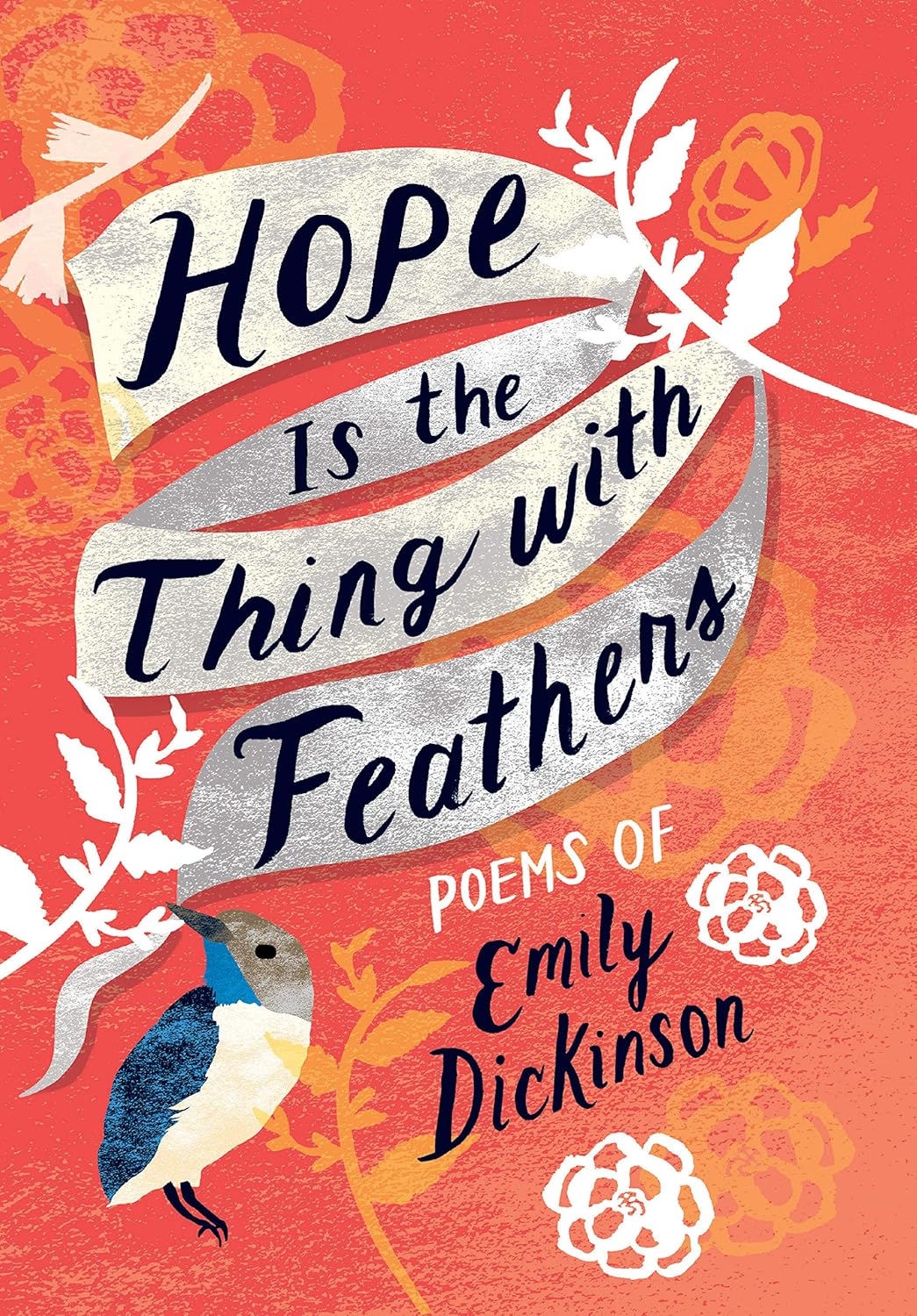
Hope is the Thing with Feathers: The Complete Poems of Emily Dickinson is a comprehensive collection of Dickinson’s poetry, named after one of her most famous poems. This volume gathers all of Emily Dickinson’s nearly 1,800 poems, offering readers a full view of her poetic genius. Dickinson explores themes such as death, nature, immortality, love, grief, faith, doubt, and, especially, the inner workings of the human soul. Her poems are known for their brevity, unconventional punctuation, slant rhyme, and philosophical depth.
Grouped chronologically or thematically depending on the edition, the collection allows readers to trace the evolution of Dickinson’s voice—from her early lyrical reflections to her later, more cryptic and experimental works.
E.L. Doctorow:
E.L. Doctorow (1931–2015) was a celebrated American novelist known for blending historical fact with fiction in works that explore American identity, politics, and morality. Born in New York City, Doctorow wrote acclaimed novels such as Ragtime, The Book of Daniel, and Billy Bathgate, often weaving real events and figures into richly imagined narratives.
While not typically classified as a Gothic writer, Doctorow’s work occasionally incorporates Gothic elements, especially in its exploration of dark historical undercurrents, psychological trauma, and the haunting presence of the past. For example, The Book of Daniel deals with memory, secrecy, and political persecution in a way that echoes modern Gothic concerns like paranoia, decay, and the fragility of truth.
Doctorow’s ability to reveal the hidden and often unsettling layers of American life gives parts of his work a subtly Gothic tone, especially in how history lingers like a ghost over the present.
“The Waterworks” (1994) – American Gothic Tales
Set in 1871 New York, The Waterworks is narrated by editor McIlvaine, who recalls how journalist Martin Pemberton vanished after spotting his supposedly dead father, Augustus. McIlvaine’s search reveals a secret plot: Augustus faked his death to undergo illegal life-extending treatments by Dr. Sartorius, involving the exploitation of children and protected by the corrupt Tweed Ring.
With help from police captain Donne, the operation is exposed. Sartorius is arrested, Augustus dies, and the Tweed Ring collapses. In the aftermath, Martin marries his fiancée, Sarah marries Donne, and McIlvaine resumes his work, choosing to keep the dark truth unpublished.
Andrew’s Brain (2014) / Discussion Questions
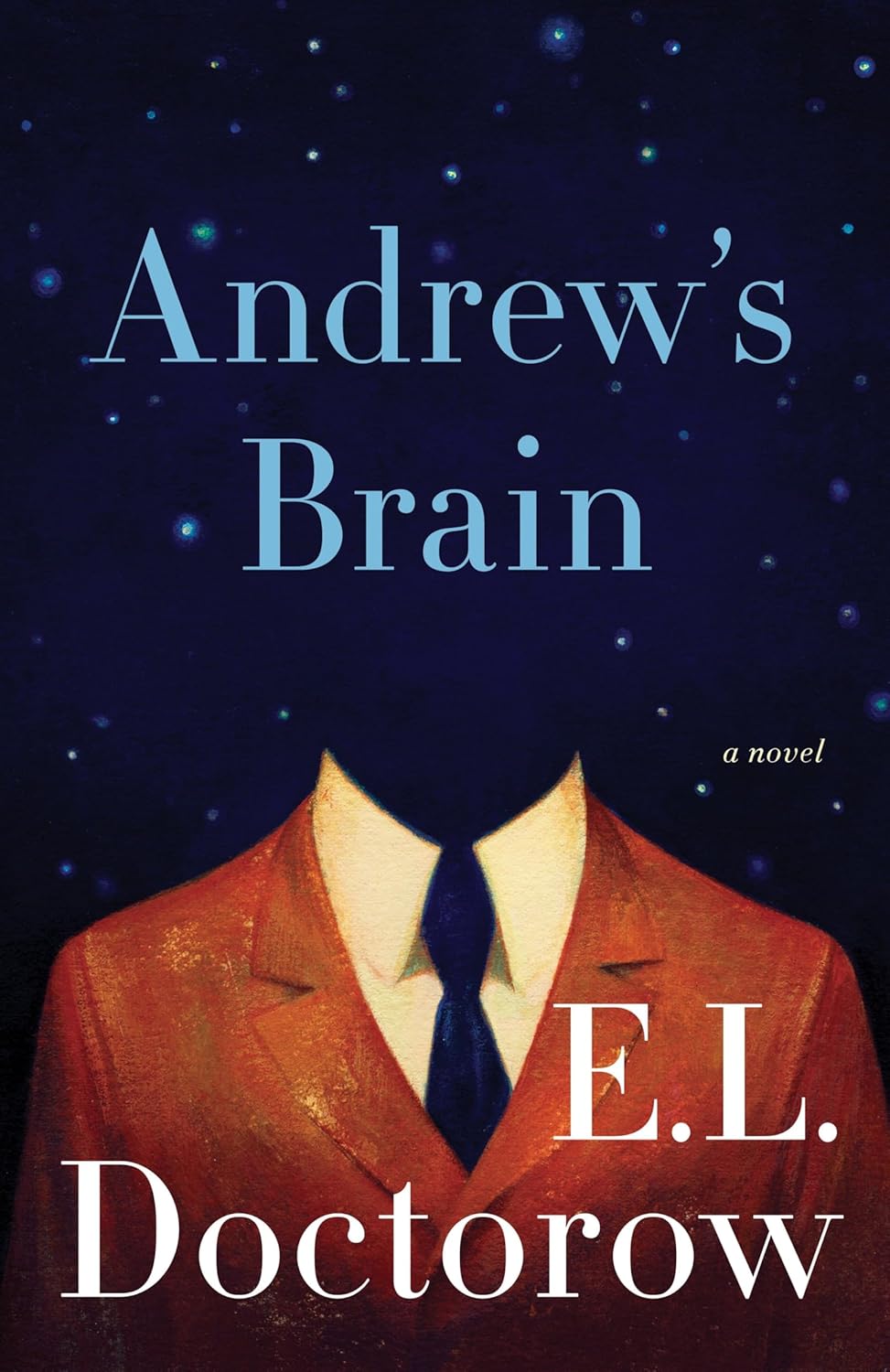
Andrew’s Brain is a psychological and philosophical novel narrated by Andrew, a cognitive scientist reflecting on his life through a fragmented, confessional monologue. Speaking to an unnamed interlocutor—possibly a therapist, government agent, or himself—Andrew explores memory, identity, grief, and the nature of consciousness.
The novel is a meditation on the human mind—its fragility, complexity, and attempts to make sense of trauma and guilt. Through Andrew’s wandering thoughts, Doctorow explores how we construct reality and endure the weight of loss.
Daphne Du Maurier:
Daphne du Maurier (1907–1989) was a British author best known for her suspenseful, psychologically rich novels that blend romance with elements of Gothic literature. Born in London to a prominent artistic family, she gained fame with works like Rebecca, Jamaica Inn, and My Cousin Rachel.
Du Maurier’s writing is deeply rooted in the Gothic tradition, featuring brooding atmospheres, haunted mansions, mysterious characters, and themes of identity, obsession, and the supernatural. Her skillful use of suspense, unreliable narration, and dark romanticism has made her a key figure in 20th-century Gothic literature, influencing both literature and film—most notably through Alfred Hitchcock’s adaptations of her work.
Rebecca (1938) / Discussion Questions
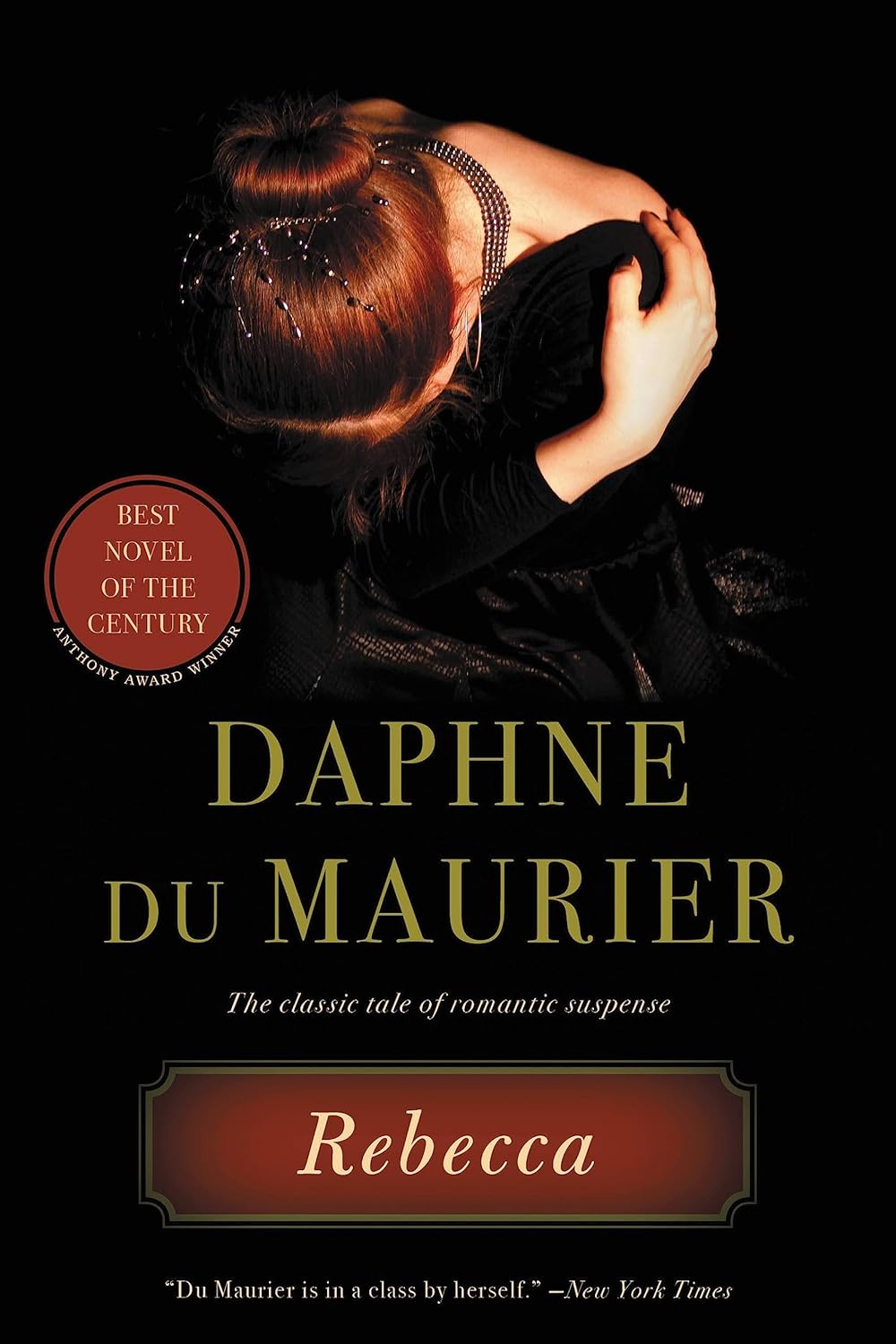
A shy, unnamed young woman marries the wealthy widower Maxim de Winter and moves to his grand estate, Manderley. There, she finds herself haunted by the memory of Rebecca, Maxim’s glamorous first wife, whose presence seems to linger in every corner of the house—especially under the watchful eye of the sinister housekeeper, Mrs. Danvers.
As the new Mrs. de Winter struggles with insecurity and isolation, she uncovers disturbing truths about Rebecca’s life and death. Eventually, Maxim reveals that he hated Rebecca and was responsible for her death, which had been covered up as an accident.
A tense investigation follows, but Maxim is cleared of murder. However, the psychological and emotional damage is done. In the novel’s haunting conclusion, Manderley is destroyed in a fire—symbolizing the end of Rebecca’s lingering power and the couple’s uneasy new beginning. Rebecca, Du Maurier’s most famous novel, epitomizes modern Gothic fiction with its isolated estate (Manderley), the spectral presence of the first wife, and the unnamed narrator’s psychological turmoil.
William Faulkner:
William Faulkner (1897–1962) was an American novelist and Nobel Prize winner, widely regarded as one of the most important writers of the 20th century. Born in Mississippi, Faulkner set most of his work in the fictional Yoknapatawpha County, drawing deeply from the history, culture, and racial tensions of the American South.
His writing is known for its complex narrative structures, including stream of consciousness, multiple perspectives, and nonlinear timelines. Major works include The Sound and the Fury, As I Lay Dying, Light in August, and Absalom, Absalom!
Though not traditionally a Gothic writer, Faulkner often incorporated Southern Gothic elements—decay, madness, family secrets, and grotesque characters—to explore themes of guilt, identity, and the legacy of slavery. His blend of psychological depth and social critique helped redefine American literature.
“A Rose for Emily” (1930) – American Gothic Tales
Set in a small Southern town, the story follows Emily Grierson, a reclusive and mysterious woman from a once-prominent family. After her father’s death, Emily becomes increasingly isolated. She briefly has a romantic relationship with a Northern laborer named Homer Barron, but when he disappears, Emily remains alone.
The townspeople notice strange odors from her home and her odd behavior. After Emily’s death, they discover a shocking secret: in a locked upstairs room, Homer’s dead body lies preserved, and a long gray hair on the pillow reveals that Emily had been sleeping beside his corpse.
The story is a classic example of Southern Gothic literature, with its eerie atmosphere and exploration of grotesque secrets.
As I Lay Dying (1930) / Discussion Questions
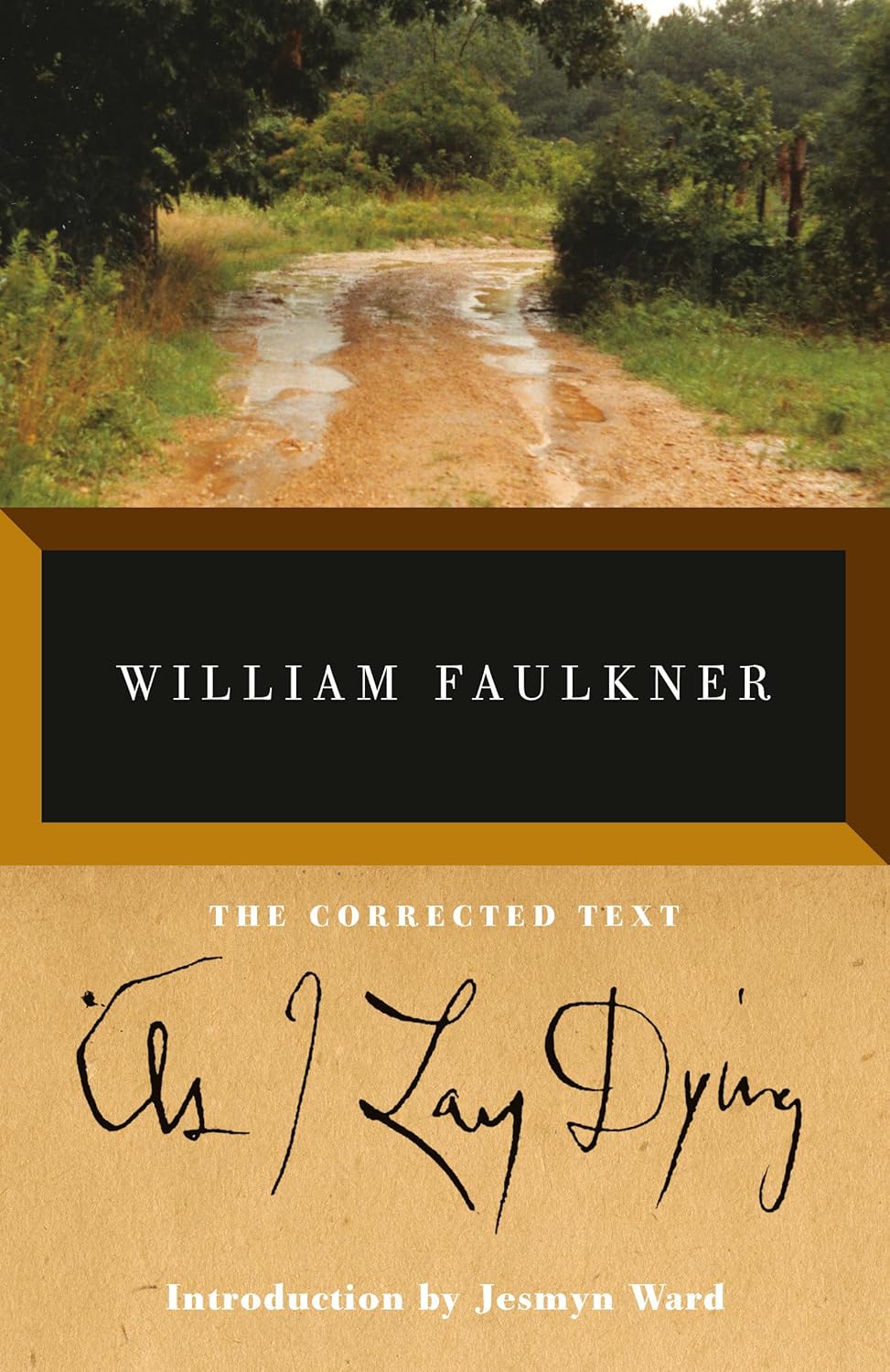
As I Lay Dying follows the Bundren family as they journey across rural Mississippi to bury their matriarch, Addie Bundren, in her hometown of Jefferson, honoring her final wish. The story is told through multiple narrators, including family members and others they meet, revealing conflicting thoughts, secrets, and deep emotional struggles.
Each family member is affected differently: Anse, the selfish father, is more concerned with getting new teeth; Darl, the introspective son, slowly descends into madness; Jewel, Addie’s illegitimate child, expresses love through action rather than words; and Dewey Dell, the only daughter, secretly seeks an abortion.
Their journey is marked by floods, fire, and physical and emotional breakdowns. In the end, Addie is buried, Darl is institutionalized, and Anse introduces a new wife—highlighting the absurdity and tragedy of the family’s ordeal.
Faulkner’s use of stream of consciousness and shifting perspectives creates a powerful, haunting portrait of a family unraveling under grief and hardship.
The Sound and the Fury (1929) / Discussion Questions
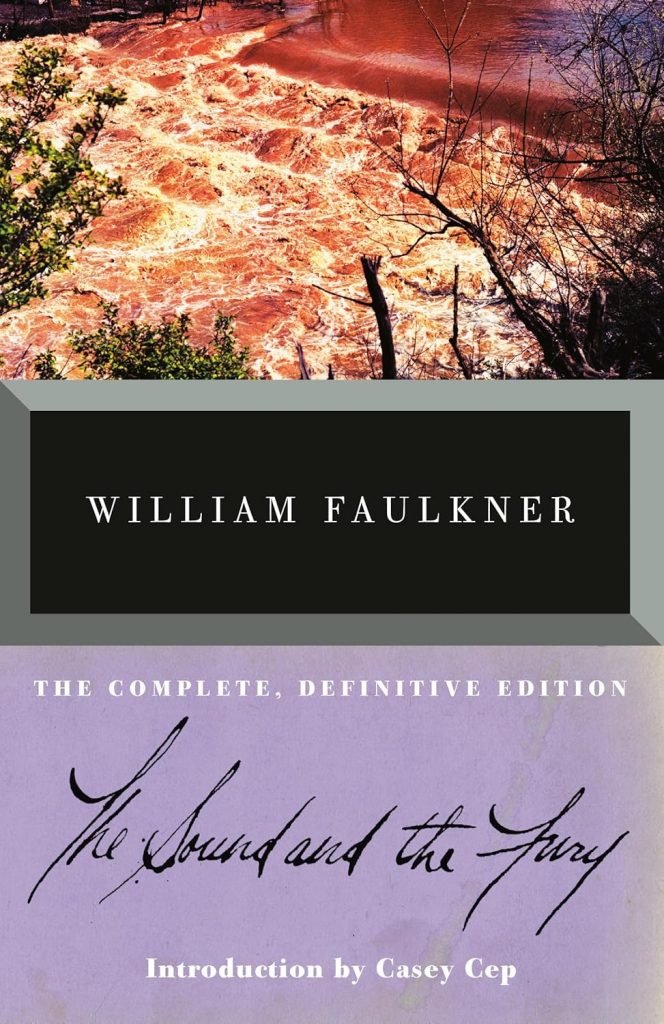
The novel follows the decline of the Compson family, once a proud Southern dynasty, through four sections with different narrators.
Benjy, a mentally disabled man, recalls the family’s disintegration, especially the loss of his beloved sister, Caddy. Quentin, her tormented brother, obsesses over her lost purity and takes his own life. Jason, the bitter youngest sibling, is consumed by anger and control. The final section centers on Dilsey, the family’s loyal servant, who remains strong and grounded as the Compsons fall apart.f stream of consciousness—makes the novel both challenging and deeply powerful, portraying a family’s downfall from multiple, fragmented viewpoints.
Charlotte Perkins Gilman:
Charlotte Perkins Gilman (1860-1935) was an influential American feminist writer, lecturer, and social reformer. Born in Hartford, Connecticut, she faced a challenging early life, including her father’s abandonment of the family and periods of poverty. Despite a limited formal education, she attended the Rhode Island School of Design.
Gilman’s work often focused on the impact of gender roles and male domination on society. She was a prolific writer of essays, poems, and novels. She was a leading voice in the women’s movement, and her ideas continue to resonate with feminists today.
The Yellow Wallpaper and Other Stories of Liberation(1892/1921) / Discussion Questions
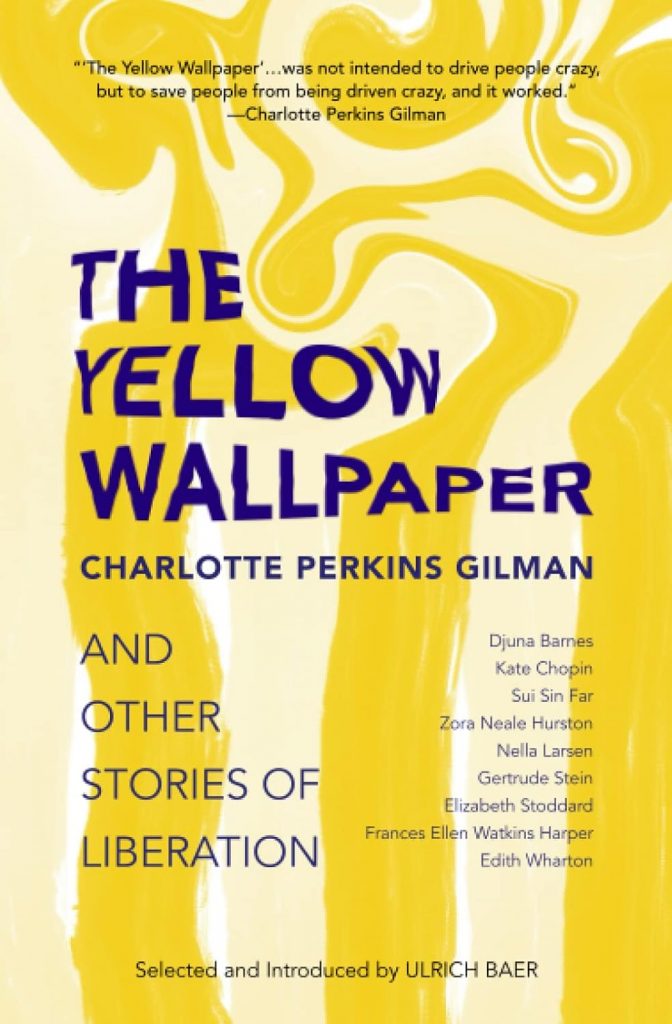
The Yellow Wallpaper and Other Stories of Liberation is a collection that brings together Charlotte Perkins Gilman’s seminal short story “The Yellow Wallpaper” with other works by female authors that explore themes of female autonomy, societal constraint, and psychological struggle.
The centerpiece, “The Yellow Wallpaper”, follows a woman suffering from what her husband, a physician, calls a “temporary nervous depression.” Prescribed a rest cure, she is confined to a nursery with barred windows and forbidden from working or writing. Isolated and patronized, she fixates on the room’s yellow wallpaper, eventually projecting her own feelings of entrapment onto it. As her mental health deteriorates, she imagines a woman trapped behind the wallpaper’s pattern, symbolizing her own repression and descent into madness.
The accompanying stories in the collection similarly explore the internal and external battles faced by women in patriarchal societies. These stories often focus on issues of identity, marriage, motherhood, race, and class, highlighting how social expectations can limit personal freedom. The protagonists navigate their worlds with increasing awareness and agency, sometimes subtly resisting and other times breaking free in dramatic ways.
Overall, this collection illuminates the struggles for liberation—emotional, intellectual, and social—that have defined much of women’s literature across generations.
Shirley Jackson:
Shirley Jackson (1916–1965) was an American author renowned for her works of psychological horror, gothic fiction, and dark social commentary. Born in San Francisco, she gained national fame with her short story “The Lottery”, which shocked readers with its portrayal of ritual violence in small-town America.
Jackson’s novels, including We Have Always Lived in the Castle and The Haunting of Hill House, explore themes of isolation, madness, fear, and the supernatural, often focusing on the inner lives of women. Her writing blends everyday settings with eerie, unsettling elements, making her a master of modern Gothic fiction.
Her work has had a lasting influence on horror and psychological fiction, and she is celebrated for exposing the darkness beneath the surface of domestic life and American society.
“The Lovely House” (1952) – American Gothic Tales
In Shirley Jackson’s short story “The Lovely House”, a young woman named Margaret visits her friend Carla at her family’s grand, ivy-covered mansion. The house is richly decorated with elaborate tapestries featuring an image of the house itself—suggesting repetition, memory, and entrapment. As Margaret becomes immersed in the strange, dreamlike atmosphere, she notices tensions between Carla, her older brother Paul, and their enigmatic great-uncle.
Reality begins to blur as time, identity, and relationships grow uncertain. Margaret starts to feel disconnected and increasingly uncomfortable. Paul and Carla share an unnervingly close bond, and Carla seems both protective of the house and possessive of Paul. The story ends ambiguously, leaving the reader unsure of what is real—hinting at psychological instability, ghostly presences, or the house itself exerting a supernatural influence.
“The Lovely House” is a classic example of Jackson’s modern Gothic style, using atmosphere and ambiguity to explore the eerie power of place and the fragility of perception.
The Haunting of Hill House (1959) / Discussion Questions
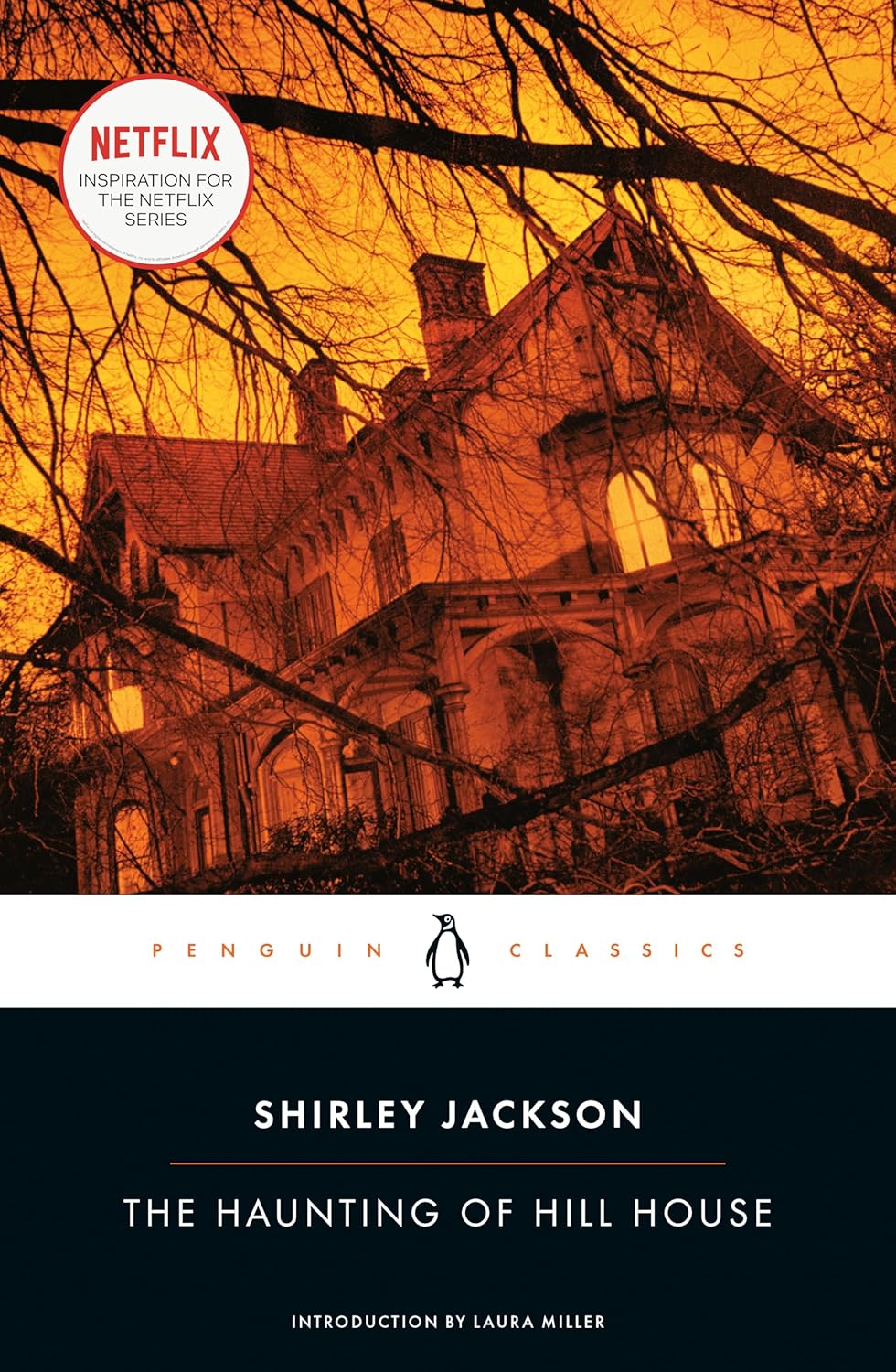
The Haunting of Hill House follows Eleanor Vance, a shy, lonely woman invited to join a paranormal investigation at the mysterious Hill House, along with Theodora, Luke (the future heir), and Dr. Montague, the researcher leading the study.
As the group settles into the isolated mansion, they experience unexplained phenomena—cold spots, loud knocking, writing on the walls, and eerie disturbances—seemingly centered on Eleanor. The house’s architecture is confusing and disorienting, reflecting its sinister nature.
Eleanor becomes increasingly unstable, emotionally merging with the house. Feeling wanted for the first time, she clings to Hill House as her true home. Eventually, the others ask her to leave for her safety, but instead, she drives her car into a tree and dies, possibly by suicide—suggesting the house has claimed her.
Jackson masterfully blends Gothic horror with psychological depth, making the novel a cornerstone of modern Gothic fiction.
The Lottery and Other Stories (1949) / Discussion Questions
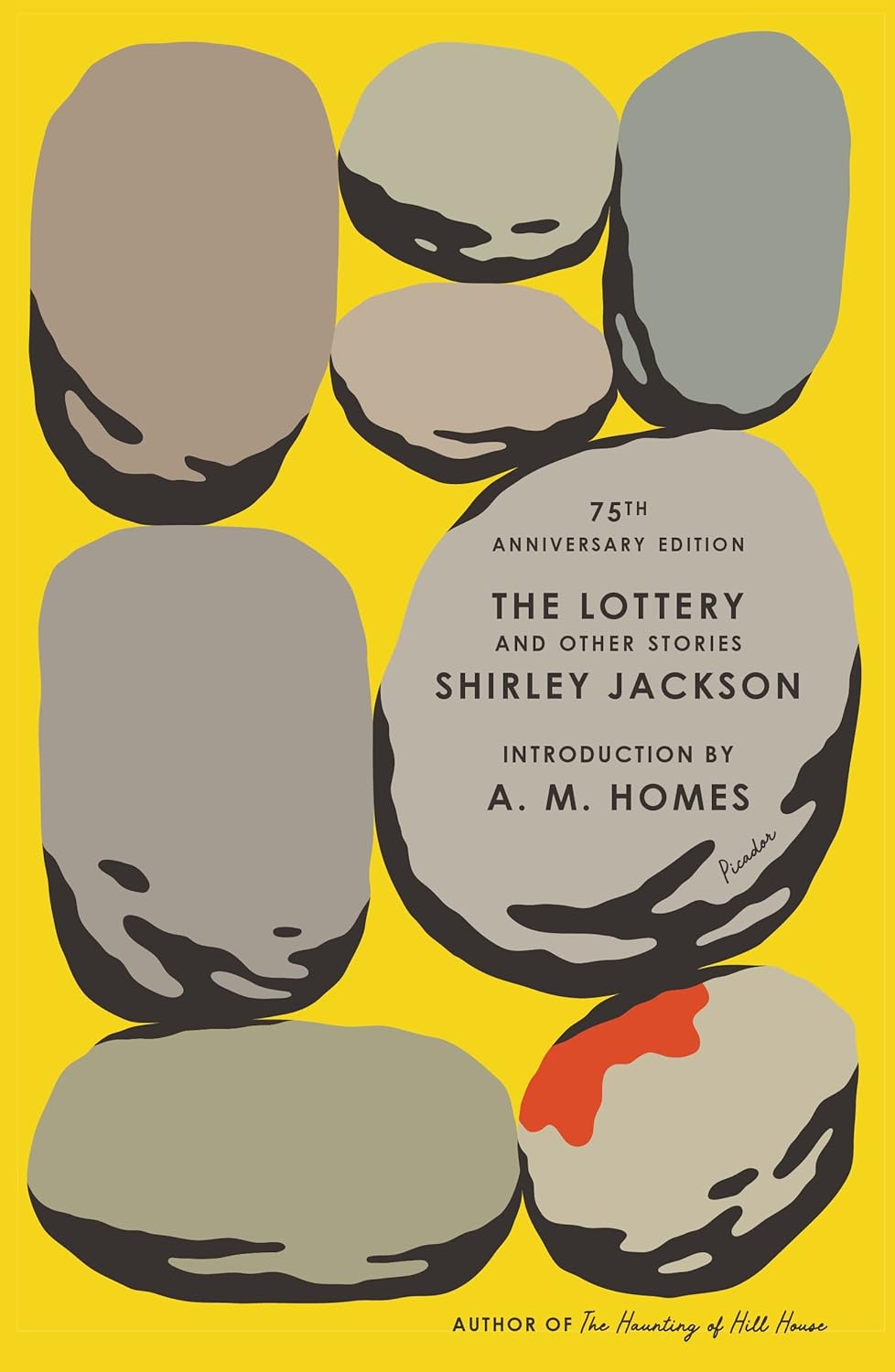
The Lottery and Other Stories is a collection of 25 short stories that showcase Shirley Jackson’s mastery of psychological suspense, dark social commentary, and Gothic unease. The most famous story, “The Lottery,” tells of a small town that holds an annual ritual in which one resident is stoned to death—a shocking critique of blind tradition and conformity.
Throughout the collection, Jackson explores themes of alienation, gender roles, madness, social pressure, and the macabre hidden in everyday life. Ordinary settings—a kitchen, a city street, a doctor’s office—become stages for tension, cruelty, and quiet horror.
This collection cements Jackson’s reputation as a brilliant chronicler of the dark undercurrents of American life, using subtle, often surreal storytelling to unsettle and provoke.
Kathe Koja:
Kathe Koja is an American author and immersive storyteller known for her genre-blending works that span horror, science fiction, literary fiction, and young adult literature. Born in Detroit, Michigan, she began writing at a young age and later honed her craft at the Clarion Writers’ Workshop .
Koja’s debut novel, The Cipher won the Bram Stoker Award and the Locus Award, establishing her as a significant voice in horror literature. Her other notable works include Skin, Strange Angels, Under the Poppy, and the Dark Factory series, which explores immersive storytelling through novels and companion experiences .
“Ursus Triad, Later” (1996) – American Gothic Tales
“Ursus Triad, Later” is a short story by Kathe Koja and Barry N. Malzberg. The narrative is presented as a fragmented, disjointed account, reflecting the psychological unraveling of the protagonist. The story delves into themes of obsession, identity, and the haunting presence of the past. It explores the protagonist’s fixation on a mysterious figure, Ursus, and the subsequent impact on their perception of reality.
The Cipher (1991) / Discussion Questions
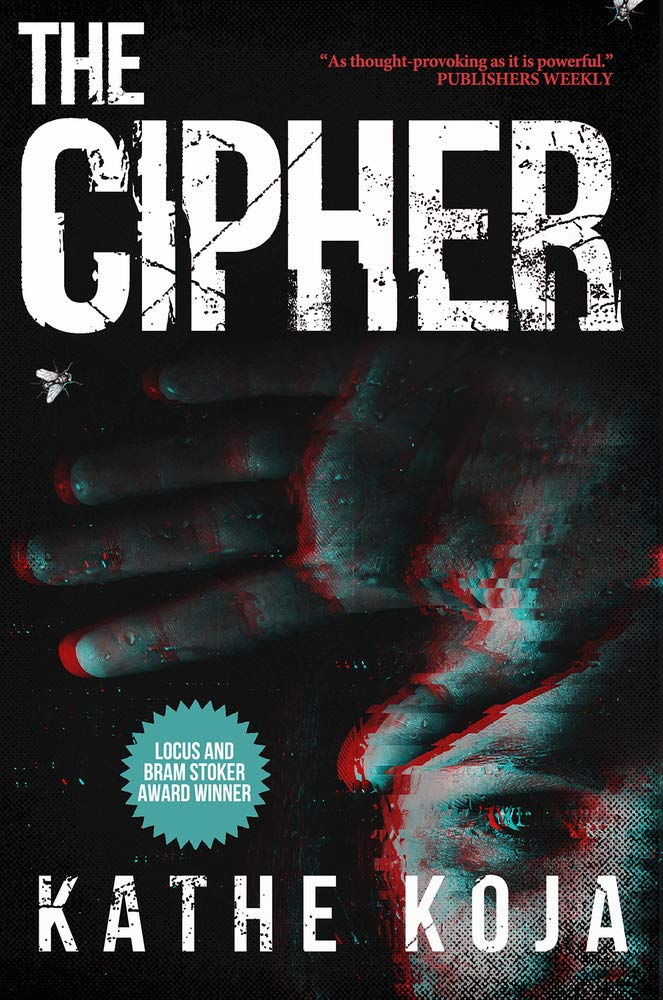
The Cipher follows Nicholas, a young artist who discovers a mysterious, pitch-black hole called the Funhole in his apartment building’s basement. Drawn by a mix of fascination and fear, Nicholas becomes obsessed with the Funhole, which seems to alter reality and challenge his sense of self. Along with his girlfriend Alice, he explores the hole’s strange powers, but the more they engage with it, the more they confront disturbing transformations and a loss of control. The Funhole acts like a portal to unknown psychological and possibly supernatural realms, blurring the boundaries between reality and madness.
Koja’s novel updates Gothic tradition for modern urban horror, using surreal, visceral imagery to evoke dread and existential uncertainty.
Ursula K. Le Guin:
Ursula K. Le Guin (1929–2018) was an acclaimed American author best known for her groundbreaking work in science fiction and fantasy, though her writing also spanned poetry, essays, and literary fiction. Born in Berkeley, California, to anthropologist parents, Le Guin’s background deeply influenced her interest in culture, identity, and human behavior.
She is most famous for the Earthsea series and the Hainish Cycle, including The Left Hand of Darkness and The Dispossessed, which explore complex themes like gender, power, environmentalism, and social structures. Le Guin’s work is noted for its philosophical depth, lyrical prose, and radical reimagining of traditional genre tropes.
Though not a Gothic writer in the traditional sense, her stories often include haunting atmospheres, existential questions, and psychological complexity, touching on elements resonant with Gothic literature, particularly in her exploration of isolation, transformation, and the unknown. Le Guin remains a towering figure in speculative fiction, celebrated for her thought-provoking, humane, and genre-defying storytelling.
“Schrodinger’s Cat” (1974) – American Gothic Tales
Ursula K. Le Guin’s short story “Schrödinger’s Cat” is a philosophical and satirical take on the famous quantum thought experiment. In the story, Le Guin reimagines the scenario where a cat is placed in a box with a device that may or may not kill it based on a random atomic event. But instead of focusing on the science, she explores the absurdity and human implications of the setup.
Le Guin gives voice to the cat, adding a layer of irony and wit. The cat becomes aware of its role in a bizarre experiment and questions the logic and ethics behind it. The narrative blurs the lines between life and death, reality and theory, while poking fun at the cold detachment of scientific abstraction.
Ultimately, the story turns into a clever critique of how humans use scientific ideas to justify strange or inhumane behavior, all while ignoring the subjective experience of those affected—even a cat.
Le Guin’s take on Schrödinger’s Cat transforms a physics paradox into a playful, feminist, and philosophical reflection on existence and agency.
The Left Hand of Darkness (1969) / Discussion Questions
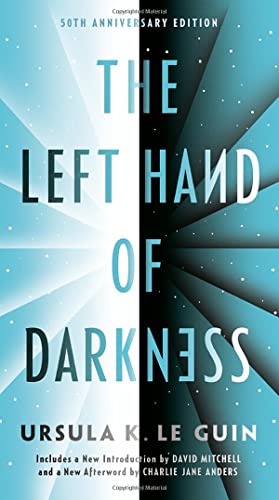
Genly Ai, a diplomat from an interplanetary alliance, travels to the icy planet Gethen to convince its people to join the Ekumen. Gethenians are ambisexual, shifting gender during cycles of kemmer, which challenges Genly’s understanding of identity and relationships.
He forms an uneasy alliance with Estravan, a Gethenian exiled for political reasons. After betrayal and exile, the two undertake a dangerous journey across a frozen landscape, developing deep trust and emotional connection. Estravan ultimately sacrifices himself, and Genly completes his mission, changed by his experiences.
Harper Lee:
Harper Lee (1926–2016) was an American author best known for her Pulitzer Prize–winning novel To Kill a Mockingbird. Born in Monroeville, Alabama, Lee drew heavily on her Southern upbringing and legal background—her father was a lawyer—to craft her powerful, semi-autobiographical story about racial injustice and moral growth in the Depression-era South.
Though not typically associated with Gothic literature, Lee’s work includes Southern Gothic elements—such as decaying settings, moral complexity, and the presence of hidden or suppressed violence—that give To Kill a Mockingbird a haunting emotional depth.
To Kill a Mockingbird (1960) / Discussion Questions
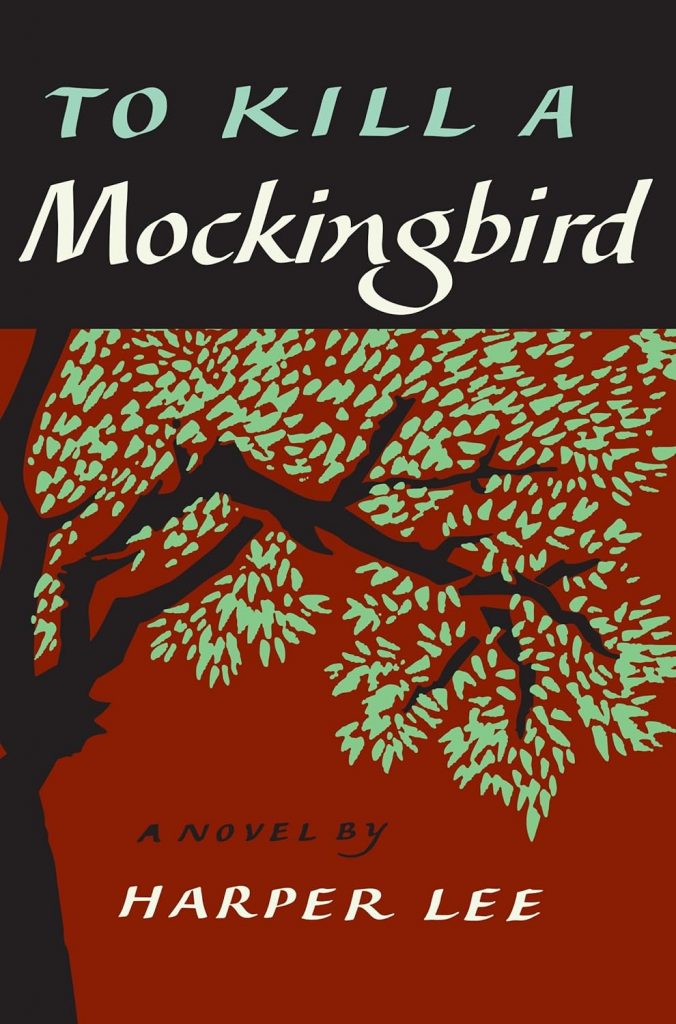
Set in the 1930s in the fictional town of Maycomb, Alabama, To Kill a Mockingbird follows Scout Finch, a young girl growing up with her brother Jem and their widowed father, Atticus, a principled lawyer. The children spend their days playing and trying to catch a glimpse of their mysterious neighbor, Boo Radley.
The story turns serious when Atticus defends Tom Robinson, a Black man falsely accused of raping a white woman. Despite clear evidence of Tom’s innocence, racial prejudice leads to his conviction. The trial and its aftermath expose Scout and Jem to the harsh realities of injustice, racism, and moral complexity. Meanwhile, Boo Radley—once feared and misunderstood—emerges as a quiet hero who ultimately protects the children from danger. The novel blends coming-of-age storytelling with powerful social commentary, making it a lasting classic in American literature.
NOTE: We also have this title as a Spanish language set in the Book Club Resource.
Go Set a Watchman (2015) / Discussion Questions
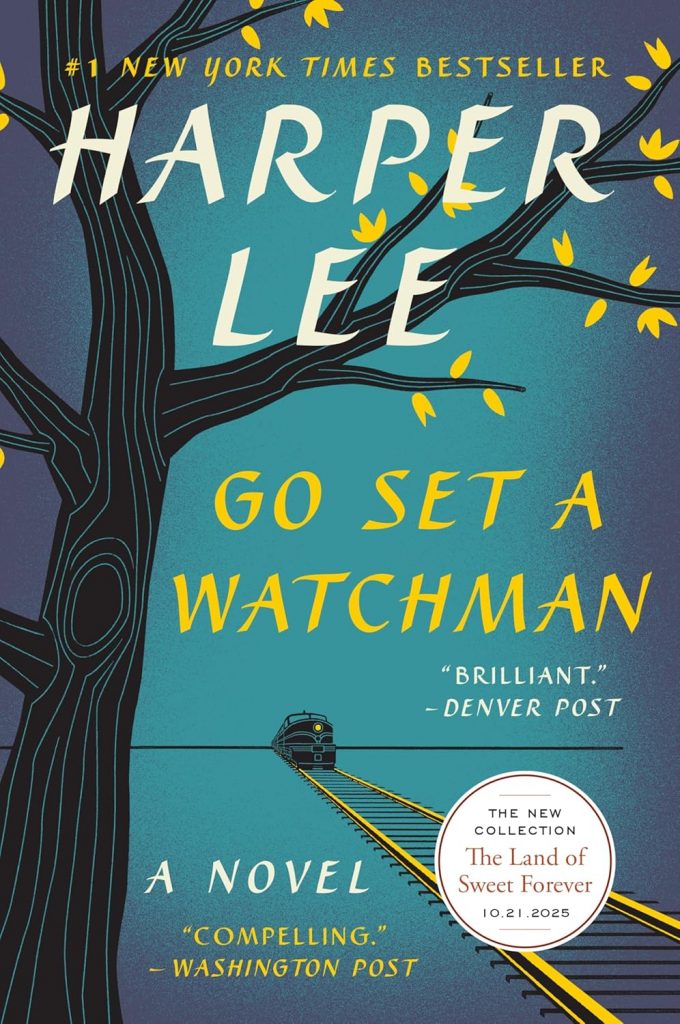
Go Set a Watchman is set in the 1950s and follows Jean Louise “Scout” Finch, now a grown woman living in New York, as she returns to her hometown of Maycomb, Alabama to visit her aging father, Atticus Finch.
At first, Scout is nostalgic and hopeful, but her idealism is shattered when she discovers that Atticus, once her moral hero, holds deeply racist views and is involved with a citizens’ council opposing desegregation. Struggling with betrayal and disillusionment, Scout confronts the painful gap between her childhood beliefs and the reality of her father and hometown.
The novel ends with Scout beginning to accept that morality is complex, and that she must form her own conscience—her own “watchman”—rather than relying on others to define right and wrong for her.
Herman Melville:
Herman Melville (1819–1891) was an American novelist, short story writer, and poet, best known for his epic novel Moby-Dick. Born in New York City, Melville worked as a sailor in his youth, and his experiences at sea deeply influenced his writing.
His early novels, such as Typee and Omoo, were popular adventure tales based on his travels in the South Pacific. However, Moby-Dick, now considered a masterpiece of American literature, was initially a commercial failure. The novel blends nautical adventure, philosophical reflection, and Gothic intensity, exploring themes of obsession, fate, and humanity’s struggle against the unknown.
Melville’s later works, including the novella Billy Budd, Sailor and short stories like “Bartleby, the Scrivener,” reflect his increasingly dark and symbolic style. These stories often depict isolation, moral ambiguity, and the individual’s conflict with society—hallmarks of American Gothic literature.
Largely unrecognized in his lifetime, Melville was rediscovered in the 20th century and is now regarded as one of the most important figures in American literary history.
“The Tartarus of Maids” (1855) – American Gothic Tales
In “The Tartarus of Maids”, Herman Melville presents a dark and haunting allegory about industrialization and the exploitation of women. The story is narrated by a man known as the “Bachelor,” who visits a paper mill in the New England countryside during winter.
As the narrator observes the operation, he becomes increasingly disturbed by the dehumanizing effect of the industrial system. The story serves as a powerful critique of industrial capitalism, gender roles, and the physical and spiritual toll of factory labor on women.
Moby Dick (1851)/ Discussion Questions
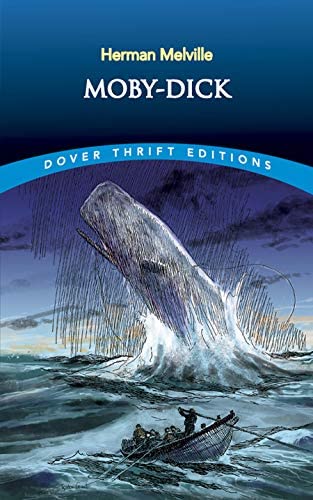
Moby-Dick follows Ishmael, a contemplative sailor who joins the whaling ship Pequod, commanded by the intense and mysterious Captain Ahab. Ishmael soon discovers that Ahab’s true mission is not just to hunt whales for profit, but to seek revenge on Moby Dick—a massive, white sperm whale that previously maimed him.
The novel explores themes of obsession, fate, nature, and humanity’s struggle to understand the universe. It is both an adventure tale and a deep philosophical meditation.
Sylvia Plath:
Sylvia Plath (1932–1963) was an American poet and novelist known for her intense, confessional style and exploration of mental illness, identity, and death. Born in Boston, Plath gained recognition with her poetry collections like The Colossus and the posthumous Ariel, as well as her semi-autobiographical novel The Bell Jar.
While not traditionally categorized as Gothic, Plath’s work shares many Gothic elements—including themes of psychological torment, isolation, death, and the uncanny. Her poetry often uses dark, haunting imagery and explores the depths of human suffering and madness, echoing the emotional intensity and brooding atmosphere typical of Gothic literature.
Plath’s candid portrayal of inner darkness and struggle has made her a pivotal figure in modern poetry, bridging confessional verse with the Gothic’s exploration of the shadowed aspects of the human psyche.
“Johnny Panic and the Bible of Dreams” (1977) – American Gothic Tales
In Johnny Panic and the Bible of Dreams, a secretary at a psychiatric clinic secretly records patients’ dreams in a notebook devoted to Johnny Panic, a dark, godlike figure she imagines as the ruler of fear. As her obsession deepens, she breaks into the clinic after hours to access more records but is caught. Her notebook is confiscated, and she faces electroshock therapy, which she fears will erase her identity. In the story’s surreal, haunting end, she envisions a monstrous lake and is visited by Johnny Panic himself.
The story reflects Gothic themes: madness, obsession, and the uncanny. The clinic becomes a modern haunted space, and the narrator’s descent into psychological horror mirrors traditional Gothic narratives. Johnny Panic symbolizes the unseen terrors of the mind, making the story a chilling blend of institutional dread and inner darkness.
Ariel (1965) / Discussion Questions
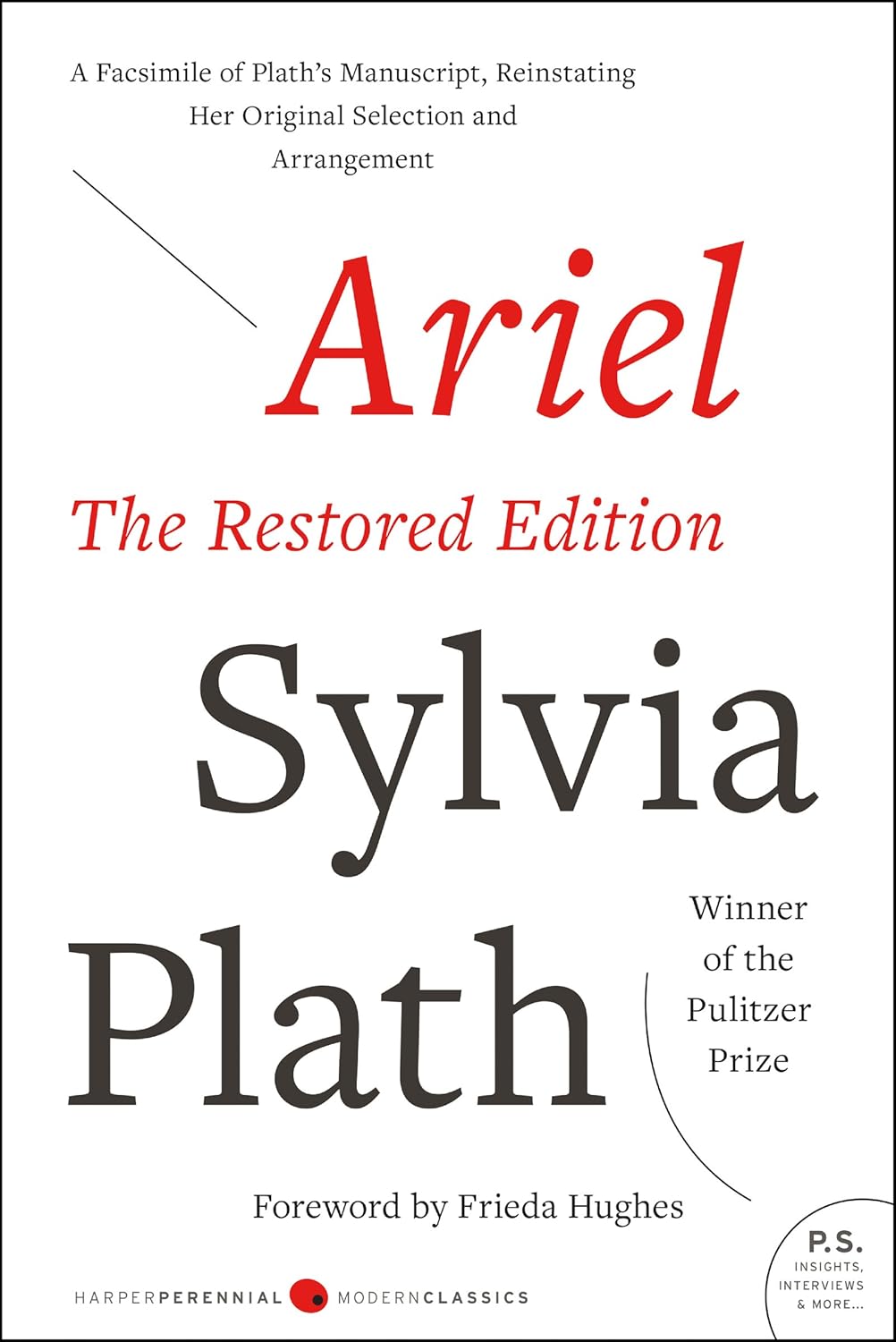
Ariel is not a traditional narrative but a collection of poems written by Sylvia Plath in the final months of her life and published posthumously in 1965. The collection traces a powerful emotional and psychological journey, moving through themes of identity, transformation, death, rebirth, rage, and liberation.
The title poem, “Ariel,” captures a vivid and symbolic ride on a galloping horse at dawn, blending motion, ecstasy, and annihilation. Other poems, such as “Lady Lazarus,” “Daddy,” and “Tulips,” express raw emotions—ranging from defiance and despair to a yearning for transcendence.
The collection as a whole can be seen as a descent into darkness followed by a fierce rise toward self-awareness and autonomy. It reflects Plath’s inner turmoil and artistic clarity, using stark imagery, surrealism, and confessional intensity. Ariel stands as a landmark in confessional poetry, and offers a deeply Gothic and lyrical exploration of the self in crisis.
The Bell Jar (1963) / Discussion Questions
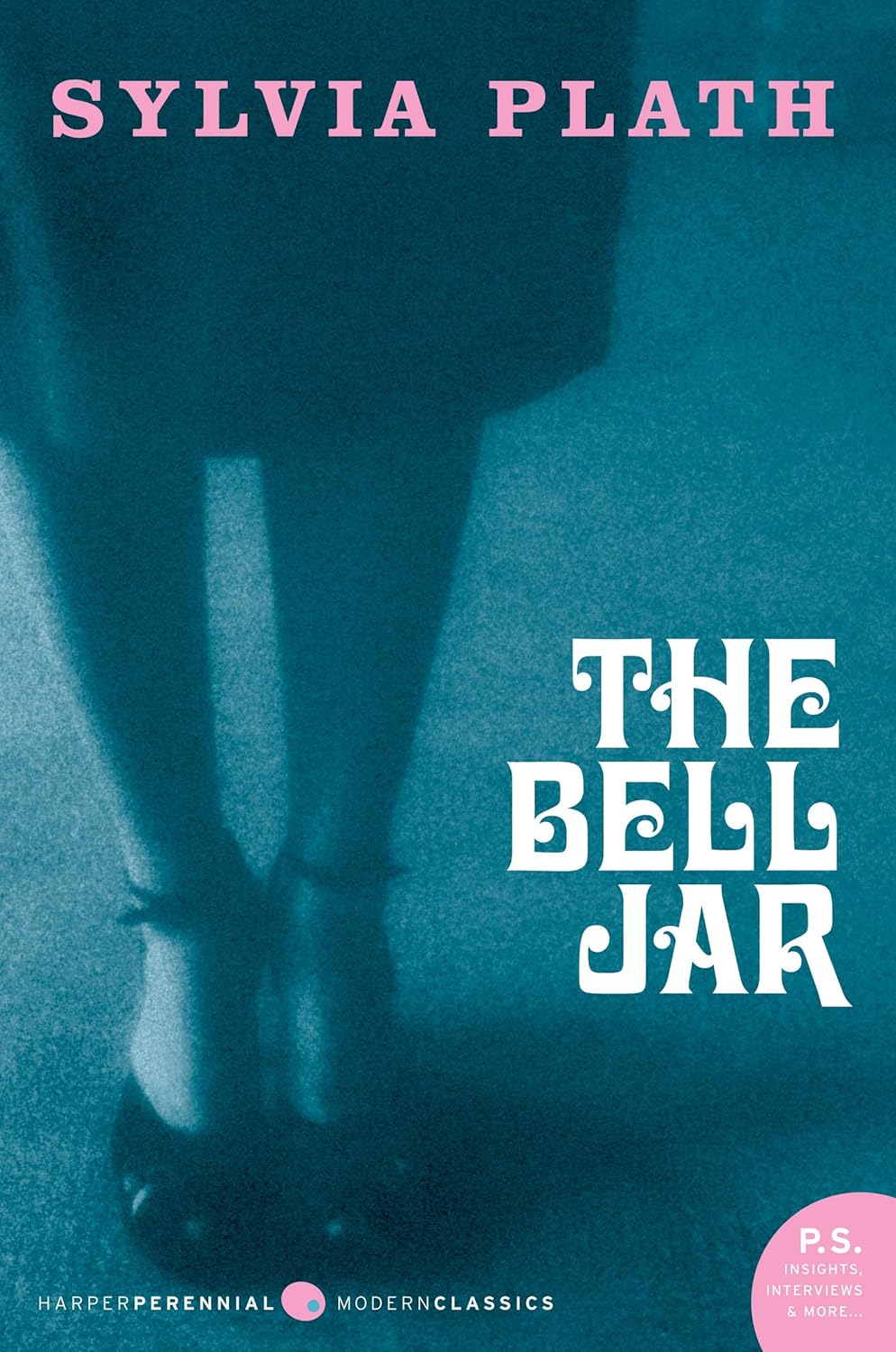
The Bell Jar follows Esther Greenwood, a bright, ambitious young woman who wins a prestigious internship at a fashion magazine in New York City. While her peers seem to thrive, Esther feels increasingly alienated and overwhelmed by societal expectations, especially around career, sexuality, and identity.
After returning home to the suburbs, Esther spirals into a deep depression. She becomes unable to write, sleep, or eat, and contemplates suicide. Following a series of mental health crises and a failed suicide attempt, she is institutionalized and undergoes electroshock therapy.
Gradually, with the help of a compassionate doctor, Esther begins to recover. The novel ends ambiguously, with Esther about to undergo a final evaluation to determine if she’s ready to leave the hospital, leaving her future uncertain.
The title metaphor, the bell jar, symbolizes Esther’s feeling of suffocation and emotional entrapment—a transparent barrier between her and the world, echoing Gothic themes of confinement and psychological dread.
Mary Shelley:
Mary Shelley (1797–1851) was an English novelist best known for writing Frankenstein; or, The Modern Prometheus, one of the earliest and most influential works of Gothic and science fiction literature. She was the daughter of philosopher William Godwin and feminist writer Mary Wollstonecraft, and the wife of Romantic poet Percy Bysshe Shelley.
Shelley’s work reflects key elements of Gothic literature, including dark settings, emotional intensity, isolation, the supernatural, and the consequences of transgressing natural boundaries. Beyond Frankenstein, she wrote several other novels, including The Last Man (1826), which explores plague and human survival in a post-apocalyptic world.
Mary Shelley is widely regarded as a foundational figure in both Gothic and science fiction, and her legacy continues to shape literature and popular culture today.
Frankenstein: or the Modern Prometheus (1818) / Discussion Questions
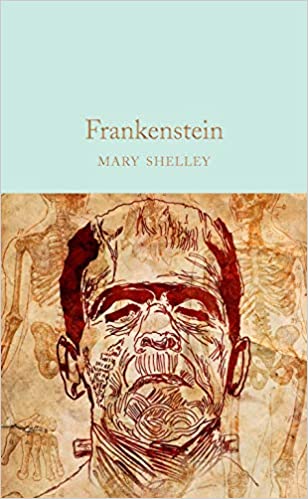
Frankenstein; or, The Modern Prometheus tells the story of Victor Frankenstein, a young scientist who becomes obsessed with creating life. Using body parts gathered from corpses, he builds a creature and brings it to life through an unspecified scientific process. Horrified by what he’s done, Victor abandons the Creature, who flees into the wilderness.
Rejected and hated by society due to his terrifying appearance, the Creature teaches himself to speak and read, and longs for companionship. After being repeatedly shunned, he becomes bitter and confronts Victor, demanding he create a female companion. Victor agrees but later destroys the second creature, fearing the consequences. Enraged, the Creature vows revenge.
One by one, the Creature murders Victor’s loved ones—including his best friend and his bride, Elizabeth. Consumed by grief and guilt, Victor chases the Creature across Europe and into the Arctic, where he dies aboard a ship. The Creature appears after Victor’s death, expressing remorse, and says he plans to end his own life before disappearing into the frozen wilderness.
Mary Shelley’s Frankenstein is both a Gothic horror and a pioneering work of science fiction, telling the story of a scientist who creates life only to reject it—exploring the dark consequences of man playing god, the tragedy of abandonment, and timeless questions about creation, responsibility, and the limits of human ambition.
Bram Stoker:
Bram Stoker (1847–1912) was an Irish author best known for writing the iconic Gothic horror novel Dracula. Born in Dublin, Stoker overcame a sickly childhood and later worked as a theater critic and business manager for actor Sir Henry Irving at London’s Lyceum Theatre, which influenced his dramatic writing style.
Stoker’s writing often explores themes of the supernatural, sexuality, science vs. superstition, and the fear of the foreign or unknown, all central to Gothic literature. Though he wrote other novels and stories, Dracula remains his most enduring legacy, profoundly shaping horror and vampire lore in literature and beyond.
Dracula (1897) / Discussion Questions
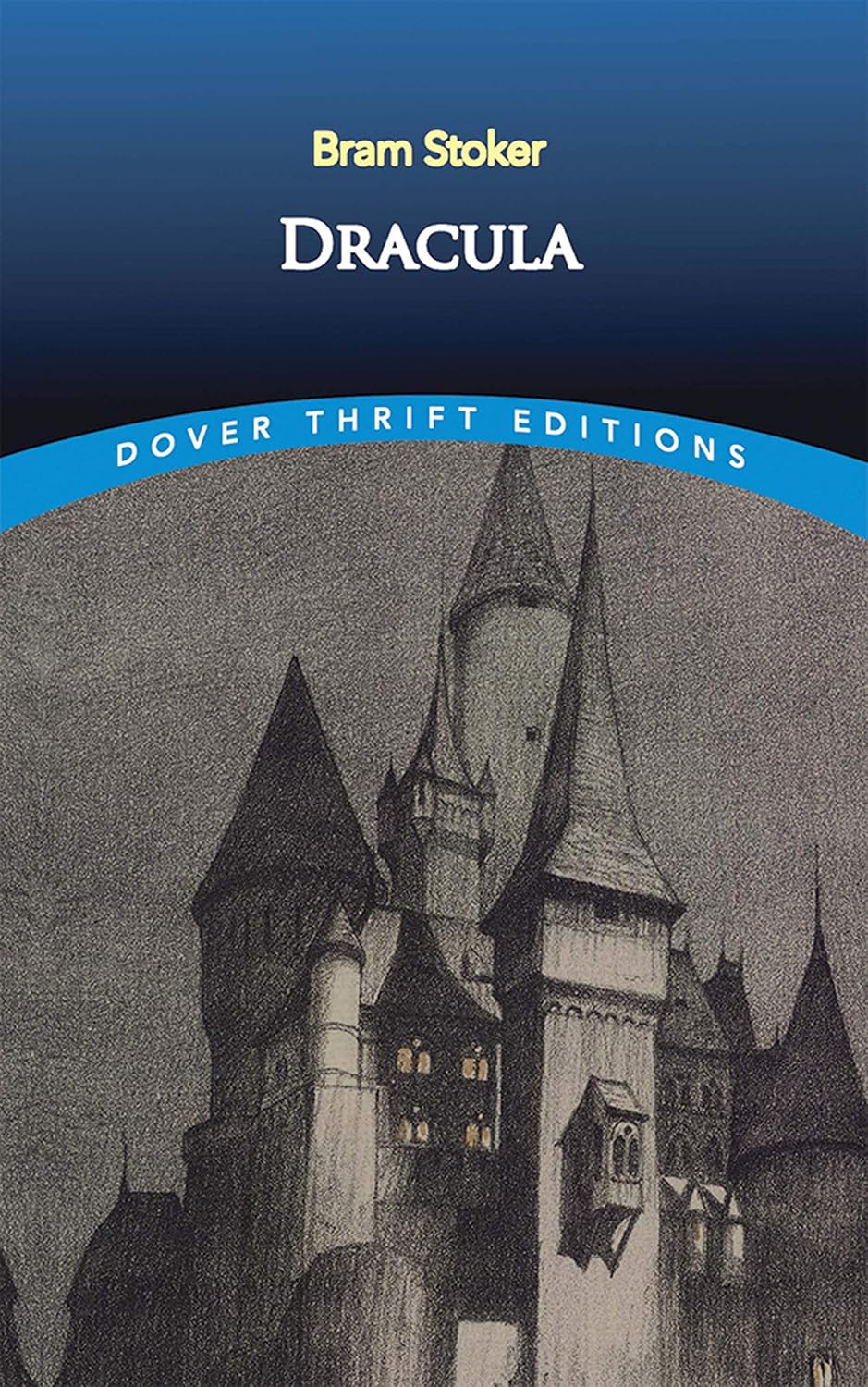
Dracula tells the story of Count Dracula, a vampire who travels from Transylvania to England, bringing terror and death in his wake. When English solicitor Jonathan Harker visits Dracula’s castle, he discovers the Count’s true nature and barely escapes with his life. In England, Dracula targets Lucy Westenra, turning her into a vampire. Her friends—including Professor Van Helsing, Dr. Seward, and Arthur Holmwood—band together to destroy her and stop Dracula’s spread of evil.
Dracula then sets his sights on Mina Harker, Jonathan’s wife. As the group races to save her, they pursue the vampire back to Transylvania, where they ultimately destroy him and free Mina from his influence.
Blending folklore, supernatural horror, and Victorian fears, Dracula explores themes of sexuality, invasion, modernity vs. superstition, and the unknown. With its dark atmosphere and iconic villain, the novel helped define the modern vampire myth and remains a cornerstone of Gothic fiction.
**All biographical information and literary theory above was derived from the resources listed below. Book summaries adapted from descriptions provided by Amazon, Thrift Books, publisher sites, and sites like LitLovers.com and Goodreads.com.**
About the Book Club Resource
Book club sets are circulated to participating libraries via the CLiC courier. Read all about the program on the Book Club Resource landing page. If you are interested in receiving book club sets but are not already a member library, use the online form to get signed up.
Since the BCR has always relied on book donations, we are deeply grateful to all the libraries, authors, and organizations that have donated sets and helped make the collection stronger. Please contact bookclub@coloradovirtuallibrary.org for questions or to discuss donations.
Resources:
Gothic Literature:
- “Explore Gothic Literature with Novels for Students“ (November 21, 2022) – GALE
- “Enduring Appeal of Gothic Revival” (May 28, 2025) – Number Analytics
- “Gothic Literature: A Guide to All things Erie” – Jericho Writers
- “Washington Irving and the Gothic Literature Movement” – Historic Hudson Valley
- “Dark Romanticism” (2023) – EBSCO
- “The Fundamental Elements of Horror” (May 30, 2025) – David Costello, Servicescape.com
- “Southern Gothic Literature” (2023) – EBSCO
- “The American Gothic Tradition” – The Gothic Library
- “18th and 19th Century Review – The Gothic and Romantic Movement” – Fiveable
- “Unveiling the Darkness: The Gothic in Literature” (May 28 , 2025) – Number Analytics
- Wikipedia – Gothic Fiction
- Wikipedia – American Gothic Fiction
- Wikipedia – Dark Romanticism
Ray Bradbury:
Charlotte Brontë:
Emily Brontë:
- Wikipedia
- On The Death Of Emily Brontë – Anne Brontë
- Emily Brontë – The Strange One – Biographical Documentary
Emily Dickinson:
E.L. Doctorow:
- Wikipedia
- E. L. Doctorow Obituary – The Guardian (July 22, 2015)
Daphne Du Maurer:
William Faulkner:
- Wikipedia
- William Faulkner Biographical – The Nobel Prize
- Poetry Foundation
- 20 Pieces of Writing Advice from William Faulkner
Charlotte Perkins Gilman:
- Wikipedia
- History of Women Philosophers – Gilman, Charlotte Perkins (1860-1935)
- Poetry Foundation
- From Woman to Human: The Life and Work of Charlotte Perkins Gilman
Shirley Jackson:
- Wikipedia
- “How Shirley Jackson Exposed the Darker, Uncanny Side of Everyday Life” – LitHub 3/13/2025
- “The Haunted Mind of Shirley Jackson” The New Yorker – October 10, 2016)
- “She exposed the fragility of so-called civilised life”: Why Shirely Jackson’s Horror Speaks to our times – The Guardian (October 22, 2023)
- “How Shirley Jackson’s Agoraphobia Affected her Writing” – Inspire the Mind (Dec 7, 2022)
Kathe Koja:
Ursula Le Guin:
- Wikipedia
- Ursula K Le Guin
- The dangerous philosophy of Ursula Le Guin
- The Subversive Imagination of Ursula K. Le Guin
Harper Lee:
- Wikipedia
- Biography
- Harper Lee’s Only Recorded Interview About ‘To Kill A Mockingbird’ [AUDIO] – WQXR (1964)
- Harper Lee Obituary
Herman Melville:
- Wikipedia
- The Life of Herman Melville | American Experience – PBS
- The Life and Works of Herman Melville
- Poetry Foundation
Sylvia Plath:
- Wikipedia
- “No One Gets Sylvia Plath” – LitHub (November 6, 2020)
- “Why should you read Sylvia Plath” – YouTube TED-Ed (March 7, 2019)
- “What We Don’t Know About Sylvia Plath” – LitHub (January 22, 2019)
- “Sylvia Plath: reflections on her legacy” – The Guardian (February 8, 2013)
Mary Shelley:
- Wikipedia
- Poetry Foundation
- Mary Shelley: The forgotten mother of sci-fi | Author Bios – YouTube Bookborn
Bram Stoker:
- Wikipedia
- Bram Stoker
- Bram Stoker’s Life & Family
- Biography
- Bram Stoker – Trinity Writers – Trinity College, Dublin (January 2016)
- Exploring Literary Movements with Your Book Club: Gothic Literature - August 13, 2025
- Accessibility Quick Tip: Captions and Subtitles: What’s the Difference? - August 11, 2025
- Book Club Author Suggestion: Caitlin Doughty - July 30, 2025